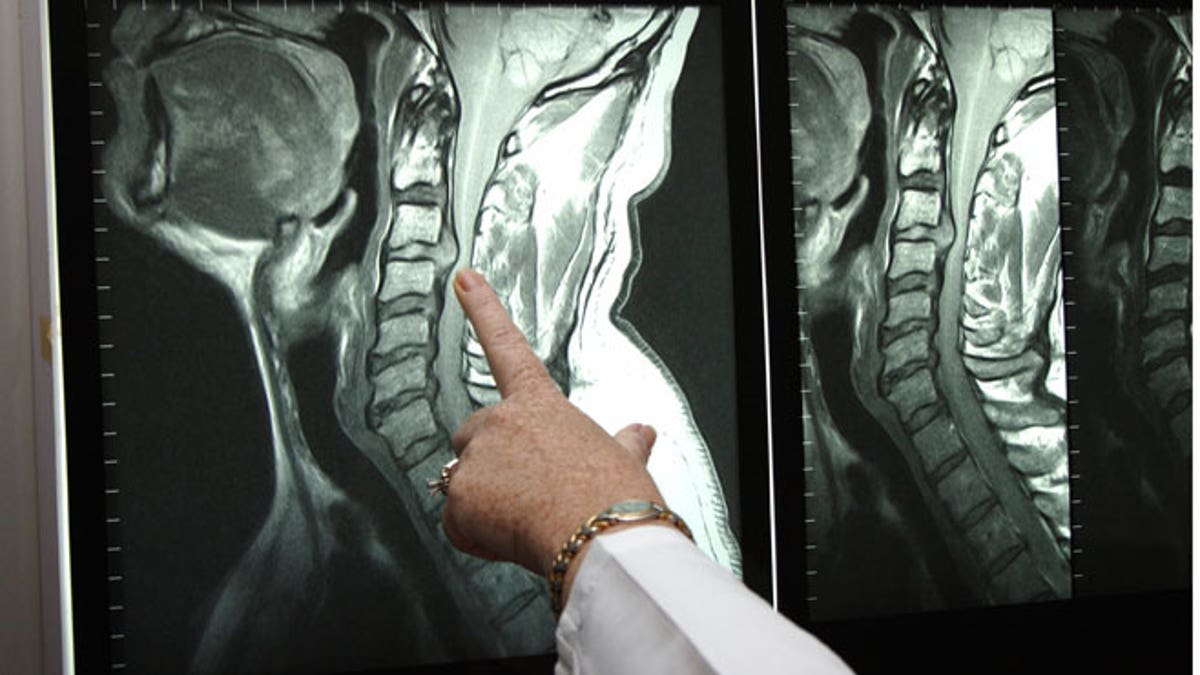
When a car accident involving a drunk driver left Calven Goza paralyzed below the chest about two and a half years ago, it seemed that the 26-year-old would never move his legs again.
But all of that changed on Monday, when researchers at the University of Louisville wheeled him into a laboratory, CNN reported. There, Goza would become the first study subject of a therapy that aims to help paralyzed people move their legs again.
Scientists implanted electrodes in his spine and wired his leg with sensors. They placed a ring and a string on his toe, and they tasked Goza with pulling that string with his toe.
For two hours, researchers tested different combinations of voltage, but Goza remained immobile— that is, until Susan Harkema, a neuroscientist and the lead researcher on the project, cranked up the voltage.
Goza’s toe bent the string, and when doctors changed the configuration of the voltage, he was able to bend his knee. Then, he lifted his leg off the table. He did it again and again.
“It was pretty awesome,” Goza told CNN. “I questioned it at first— maybe it didn’t actually happen, and I was just hoping it did.”
Despite the restored movement, over the study’s five-year course, none of the four other paralyzed study participants have been able to walk again.
But some of them have seen other results that they say are just as, if not more, valuable than walking.
“Sure, I’d like to walk someday,” Kent Stephenson, one of the study subjects, told CNN. “But just give me sexual function and bowel and bladder control— I’m a happy camper.”
Some of the participants have also reported better bladder and blood pressure control, while others have been able to have sex again.
Researchers said they plan to further analyze how the therapy affects the cardiovascular system, according to CNN. In 2015, they will recruit seven more patients for study.
